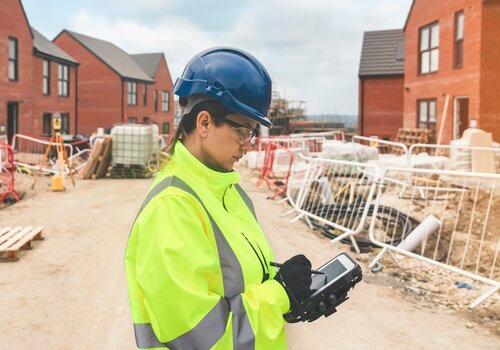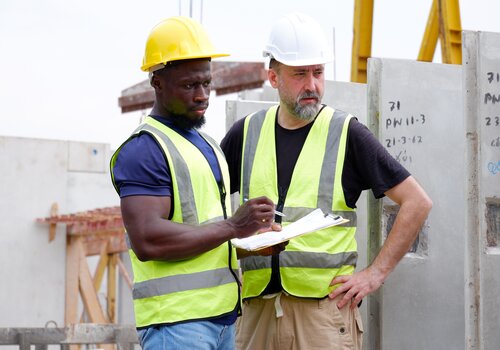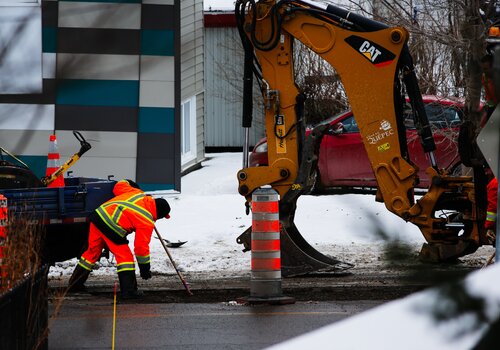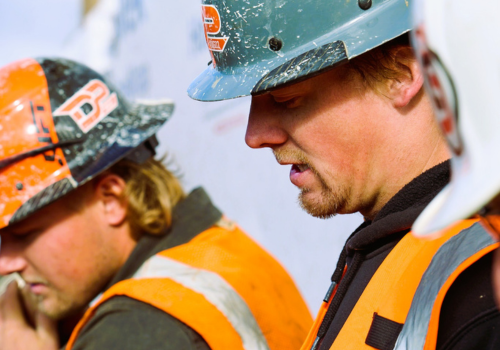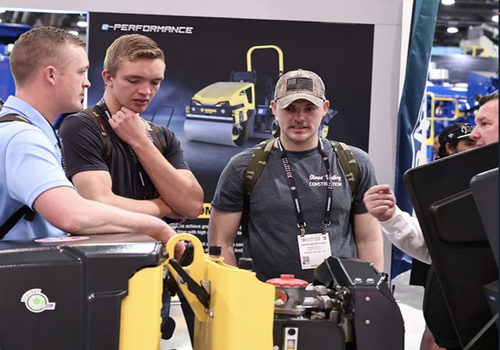Construction has never been safer on paper, yet the industry still experiences thousands of preventable injuries every year. Most crews complete hours of required safety training, fill out pre-task plans and sit through daily toolbox talks, but many workers are simply tuning it all out.
Safety training overload can be an under-recognized risk in construction. And the solution may have less to do with more rules and more to do with how leaders connect with their people.
WHEN SAFETY ITSELF BECOMES A STRESSOR
Modern jobsites run on checklists, compliance apps and zero-incident targets. While the intent is good, constant vigilance can morph into overload. According to the National Safety Council’s 2025 Frontline Worker Perspectives on Musculoskeletal Disorder Prevention, nearly 30 percent of workers who experience pain at work don’t report it.
Workers are being bombarded with the same reminders so often that they stop registering them. Others feel pressured to keep production moving, creating tension between doing the job fast and doing it right.
When every message is “be careful,” people stop hearing it. The NIOSH Total Worker Health program notes that long hours, job insecurity, mental health and factors at home can all cause stress on crews. That extra cognitive load translates into higher risk for both physical and mental burnout.
THE COST OF SAFETY FATIGUE
Safety fatigue costs not only money but lives. Fatigued workers are slower to react, less likely to report issues, and more prone to shortcuts that violate procedures.
The ripple effects extend beyond the site. Burnout drives turnover, absenteeism and disengagement. As experienced tradespeople leave, remaining crews face more pressure, and the fatigue cycle deepens.
Construction Safety Week 2026 will build on the “All In Together” theme with three pillars: Recognize, Respond, and Respect. This creates a unified call to action around high-energy, high-hazard work to prevent serious injuries and fatalities. By using a common framework, teams can improve recognition by 30% and respond faster to protect workers and save lives.
RETHINKING WHAT SAFETY MEANS
Traditional safety programs focus on compliance with hard hats, harnesses and hazard logs. But research from the Construction Industry Alliance for Suicide Prevention (CIASP) shows that a culture of psychological safety where workers feel heard and supported correlates with lower incident rates and higher retention.
Put simply: people work safer when they feel safe to speak up. That sense of belonging is especially critical for younger and more diverse crews entering the industry, who may hesitate to challenge authority or admit fatigue.
THE SAFEST JOBSITES ARE BUILT ON TRUST, NOT FEAR
How Fatigue and Diversity Intersect: Fatigue doesn’t affect everyone equally. Workers who feel excluded or unsupported report higher physical stress and lower concentration. For women and minority crew members, poor-fitting PPE or lack of representation in leadership can compound that strain. Leaders who practice inclusive communication, checking in rather than checking boxes, can catch early signs of burnout before they become accidents.
Building a Relationship-Driven Safety Culture: The antidote to fatigue isn’t less safety training, it’s smarter safety training. By shifting from enforcement to engagement, contractors can renew energy, focus and trust.
Here are five ways to build trust and engagement around safety training:
- Empower foremen as listeners. Train supervisors to start safety talks with open questions: “What did we notice yesterday?” “What’s changing today?” Two-way dialogue makes safety personal and relevant.
- Rotate and rest. Micro-breaks and task rotation cut both physical and mental fatigue, especially during repetitive operations.
- Empower leadership. Organizations see a stronger return on safety and loss-prevention investments when they understand and support the core responsibilities of safety professionals, empowering them to lead impactful initiatives rather than focus solely on compliance.
- Simplify the message. Limit each toolbox talk to one or two actionable points. Consistency beats volume.
- Recognize effort, not just compliance. Publicly acknowledge near-miss reports, suggestions and safe decisions. Positive reinforcement rebuilds attention and pride.
Technology and Human Connection Can Co-Exist: Digital safety platforms, fatigue sensors and wearable monitors are spreading quickly. Yet, data alone doesn’t drive behavior; context does. A tired operator is more likely to respond to a trusted foreman’s check-in than to another app notification. With smart helmets, anti-fatigue boots and other high-tech safety increasingly becoming common, knowing how to use the data is important for leaders. Nothing replaces a crew leader simply checking in on a worker.
LEADING WITH EMPATHY IN 2026
The next generation of construction safety leaders isn’t defined by toughness or training overload; it’s defined by empathy. Empathetic leadership recognizes that fatigue, fear and exclusion are safety hazards too. When workers feel respected, they look out for one another.
As 2026 approaches, safety excellence will depend less on more rules and more on meaningful relationships. Contractors who blend mental-health awareness, inclusive leadership and clear communication will not only prevent accidents; they’ll create crews that want to stay.
Safety is more than just keeping people from getting hurt; it’s about helping them stay whole.
CONEXPO-CON/AGG 2026 will have more than 20 sessions in its Safety and Health track where industry experts will share actionable takeaways to help you keep your workers safe.
Photo credit: SHUTTERSTOCK/ZOFF


